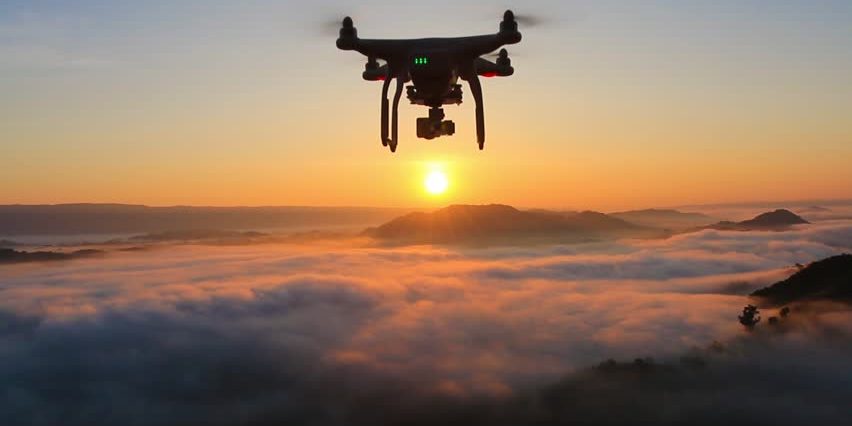Autonomous drones for humanitarian aid
A Montreal-based company is partnering with researchers who are developing autonomous drone technology to assist humanitarian aid workers.
Technology at the service of humanitarian aid
Humanitarian missions today often use UAVs (or autonomous air vehicles). They make it possible to fly over devastated areas inaccessible to humans, and share geographical information. However, the use of advanced technologies is still marginal in natural and humanitarian disasters. Since 2013, Solutions Humanitas has been trying to respond to this lack by offering digital and technical tools for emergencies. David St-Onge is a researcher at
École Polytechnique de Montréal. Since 2017, he has been working with Solutions Humanitas to develop an interface for remote control of a swarm of UAVs. These drones will be able to inspect and assess the safety of damaged buildings in real-time, provide 3D images of the disaster site, and above all transport medicines or emergency kits.
“It is rare that engineers’ skills are required in the humanitarian field and it is very motivating to work on a project that can make a significant difference” David St-Onge.
Source: Viméo/HUMANITAS
Technology within everyone’s reach
David St-Onge’s challenge is to make cutting-edge technology accessible to the uninitiated. The idea is to be able to install a black box on any drone, allowing it to be piloted from a tablet or smartphone, rather than with a complex remote control. This means that using the swarm will not require lengthy training. “We don’t want aid workers to have to worry about how to use [the drones] while they’re in the field,” said the engineer. However, the application is not yet perfectly easy for everyone to handle. It could take some time. Besides, the software will be provided free of charge to humanitarian workers, associations, and NGOs. It’s not about making money for noble causes, but simply bringing in new expertise to improve rescue capabilities. Exit the military and strategic drone, soon a humanitarian and humanistic drone.
Sources: Le Huffington Post, Solutions Humanitas
Cover photograph: goodfreephotos
Encourage us if you like positive stories!






